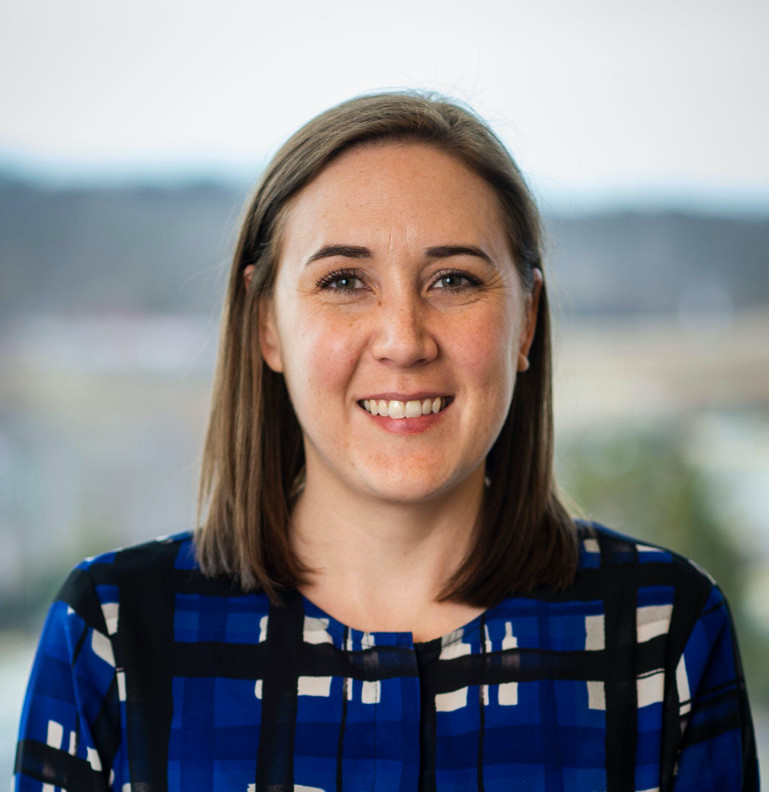Blog / Emily Smail & Xiaofang “Bonnie” Zhu / December 21, 2021


In recent years, the Wider Caribbean Region (WCR) has faced challenges from oil spills. Despite these known risks, the WCR lacks an operational oil spill surveillance service. Oil spills, as in the case of the 2019 Brazilian incident, are often detected only after the oil has reached environmentally sensitive coastal areas, with surveillance requests sent piecemeal to government agencies in the United States and Europe.
Caribbean countries highlighted the lack of oil spill monitoring capacity at a workshop hosted by GEO Blue Planet in 2018. As a result, GEO Blue Planet, in collaboration with the Intergovernmental Oceanographic Commission of UNESCO’s IOC Sub-Commission for the Caribbean and Adjacent Regions (IOCARIBE), organised additional workshops in Mexico City and virtually to discuss regional needs and identify regional partners that could provide operational monitoring on the ground.
Trinidad and Tobago
Trinidad and Tobago is the leading oil producer in the Caribbean, accounting for about 40% of GDP and 80% of exports, and has extensive oil infrastructure (platforms, pipelines) in the Gulf of Paria and also in the east of the island of Trinidad. Through engagement, we established that the Trinidad and Tobago authorities have long wanted to exploit the possibility of monitoring oil spills by satellite and that they have the personnel and technology in place to analyze the openly and freely available data.
The training
Staff from the Satellite Analysis Branch (SAB) of the National Oceanic and Atmospheric Administration (NOAA) trained 18 staff from the Trindad and Tobago’s Institute of Marine Affairs (IMA), the Ministry of Energy and Energy Industries (MEEI) and the Environmental Management Authority (EMA) on satellite detection of oil spills and the production of Marine Pollution Surveillance Reports. Since July 1, 2021, Trinidad and Tobago has been monitoring oil spill incidents in near real time oil spill and issuing reports for its Exclusive Economic Zone.


What comes next?
Moving forward, there is the potential for IMA to expand monitoring to other countries in the region, such as the Lesser Antilles. We will also be looking for additional partners in the region. Let us know if you or another entity in your agency is interested in:
If you are interested in knowing more about the training and satellite oil monitoring operations, regardless of the geographic location, please don't hesitate to reach out as well.
For more information, please contact Emily Smail (esmail@geoblueplanet.org).
About the authors

Emily Smail specializes in utilizing science to support informed decision-making and the development of effective ocean, conservation, and development policies. Emily has been serving as the Secretariat Director of the GEO Blue Planet Initiative since 2015 and is a Senior Faculty Specialist at the NOAA-University of Maryland Cooperative Institute for Climate and Satellites. Prior to working to support GEO, Emily worked in science policy and information science education. She received a B.S. in Biology from the Pennsylvania State University and a Ph.D. in Biology from the University of Southern California.

Xiaofang “Bonnie” Zhu is a Physical Scientist from NOAA’s Satellite Analysis Branch (SAB) and project lead for SAB’s international oil spill training program. She is passionate about utilizing state-of-the-art satellite imagery for monitoring hazards including marine debris,oil spill, volcanic ash and tropical storm, as well as outreach efforts which help more communities and countries take advantage of the technologies. Prior to SAB, she worked as a research scientist at NOAA’s Center for Satellite Applications and Research, working on satellite ocean sea surface temperature research. She holds a PhD from University of Miami in Ocean Physics.
Thank you for your subscription to the GEO Week 2019 mailing list.